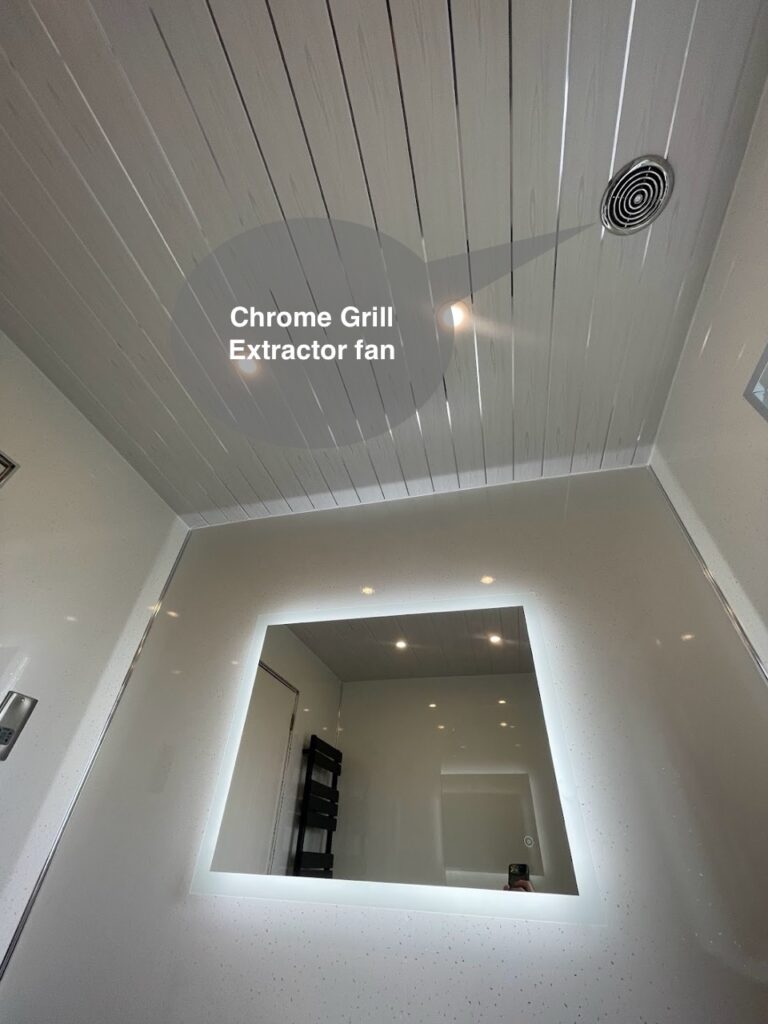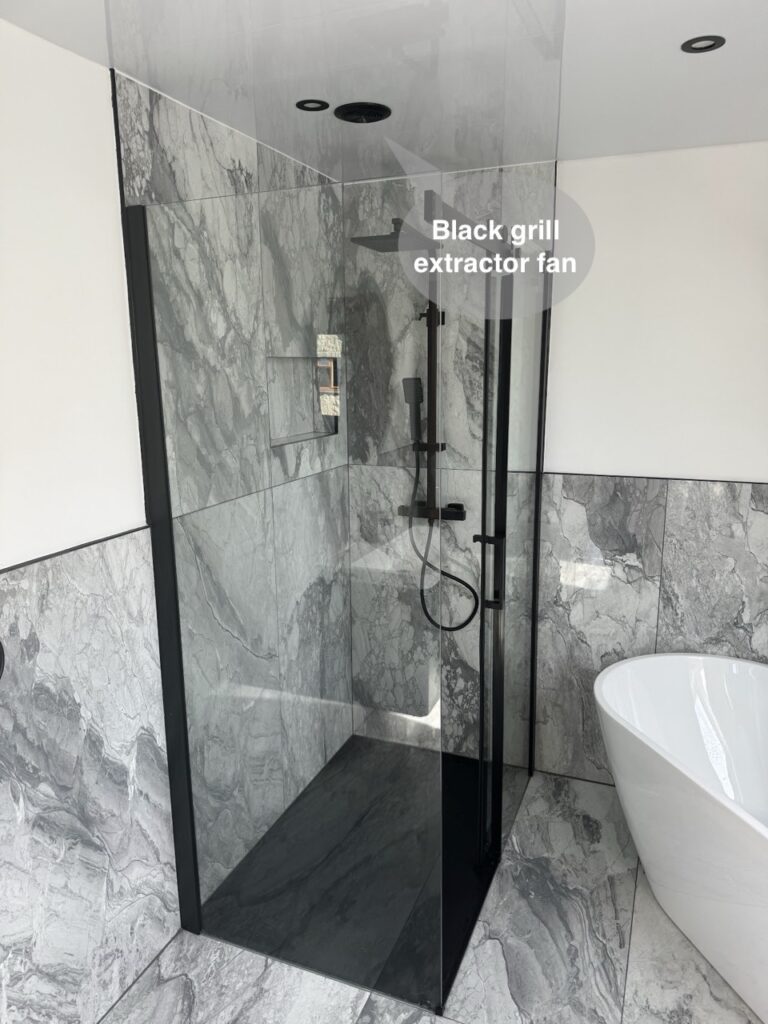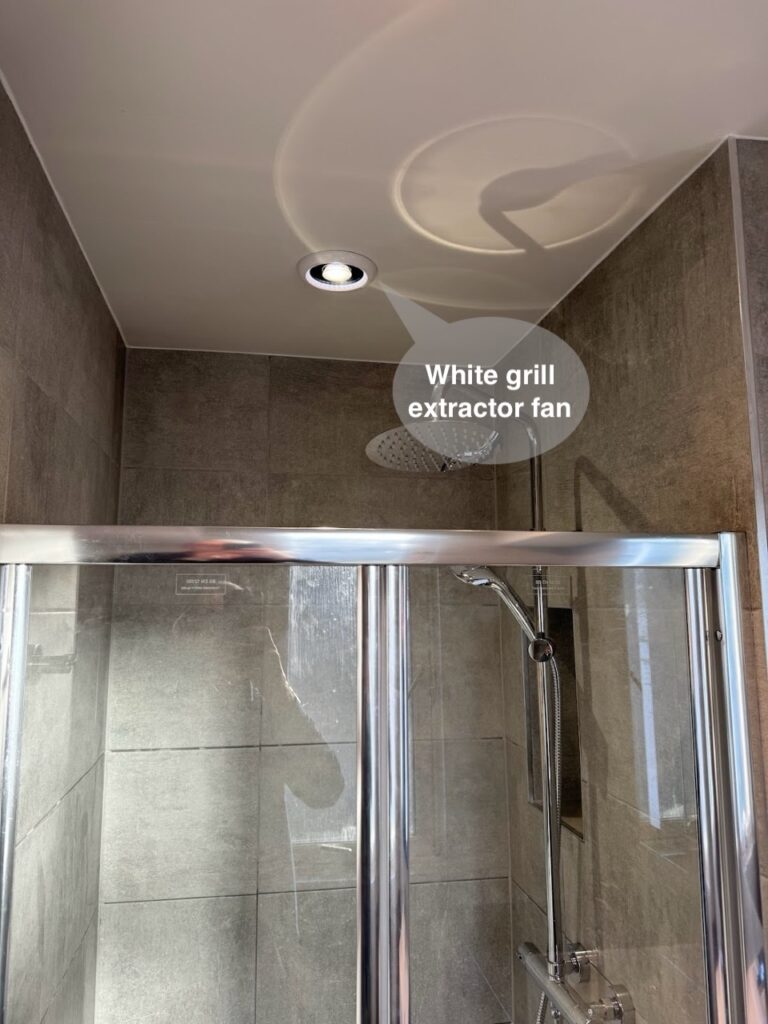There are two main options for extractor fans:
Standard Extractor Fan
A standard extractor fan is typically installed directly through an external wall. It can be operated by a timer, a regular switch, or a humidistat.
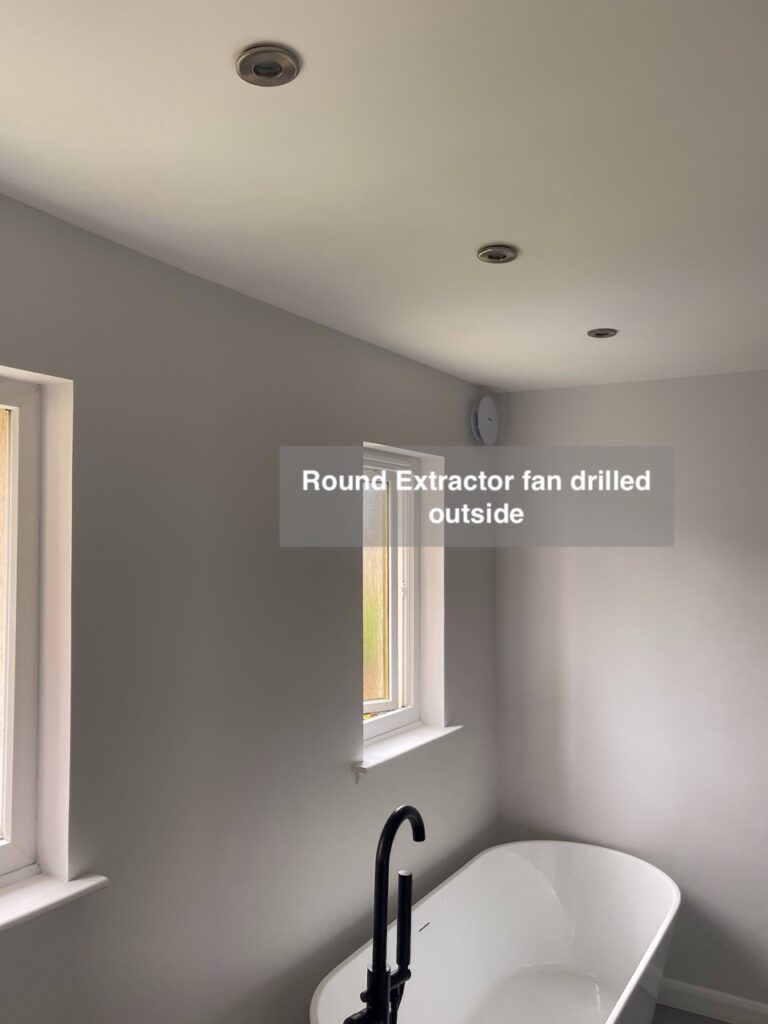
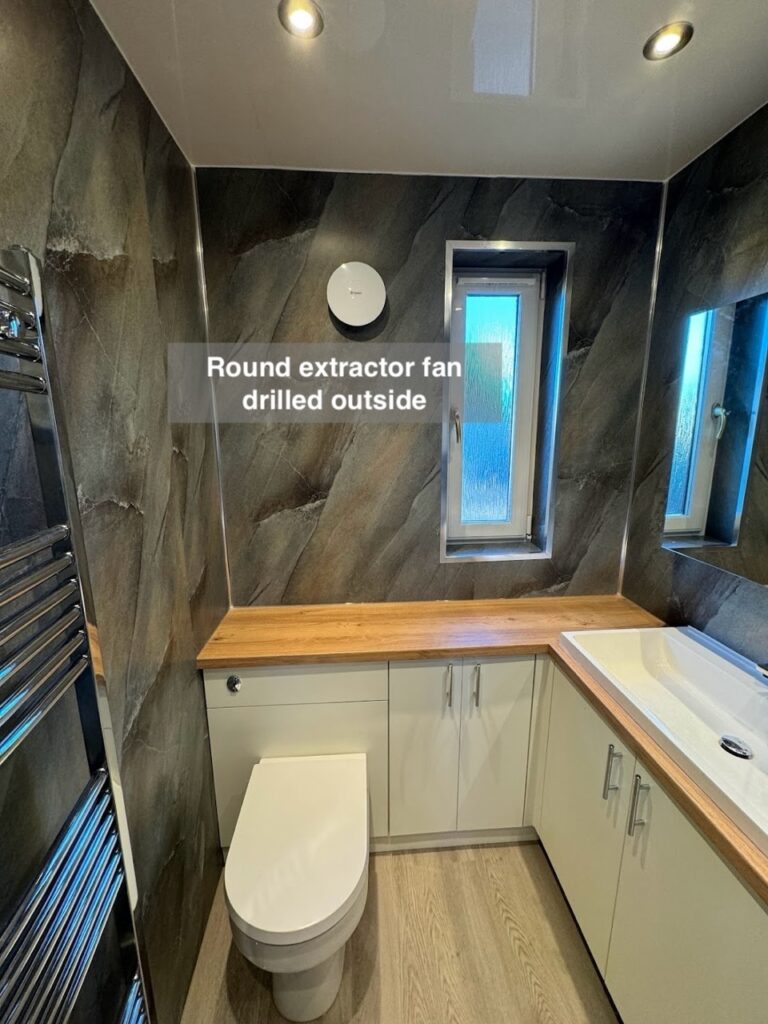
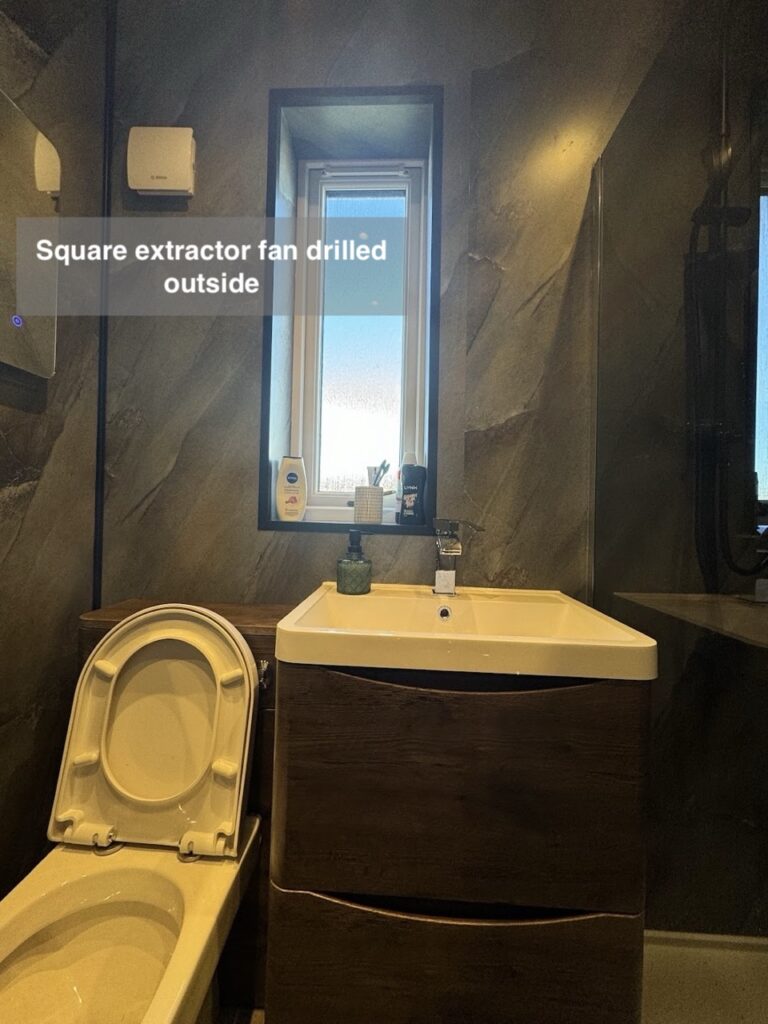
Inline Extractor Fan
An inline extractor fan is a more effective option, as it can be positioned directly above the shower, where most steam is generated. These fans can be operated with a timer or linked to separate switches or lights. They are often more powerful than standard fans, though their effectiveness can decrease if the ducting to the outside is too long.
